Bolt Action: Western Desert Boot Camp Live Blog - Saturday
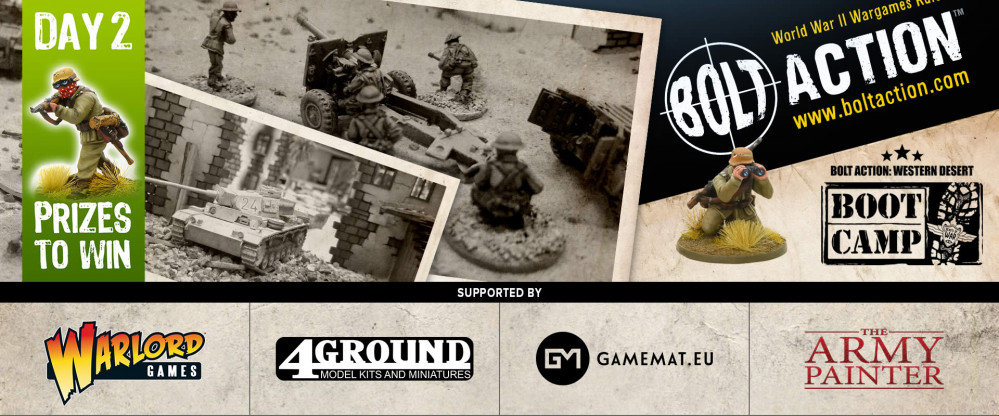
Scorpions Of The Desert - Combat Tactics
@oriskany and Justin return for the third part of the Scorpions of the Desert and this time we’re going to look at blowing stuff up!
We learn about the combat tactics used by the different forces fighting in the conflicts of the western desert.





























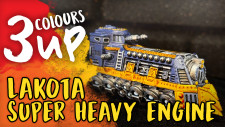

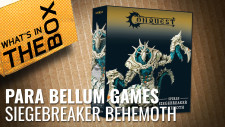
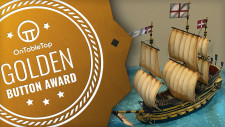
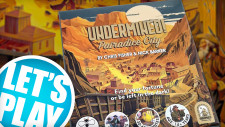


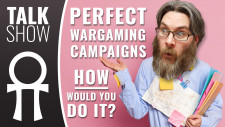





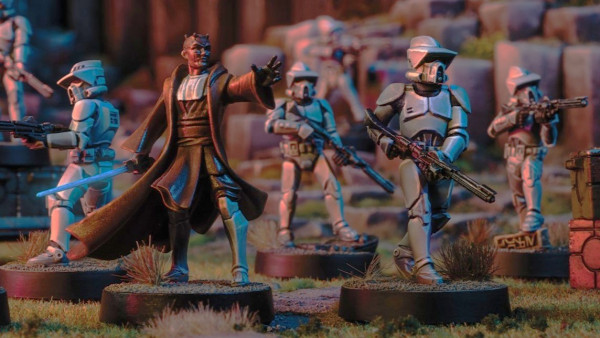
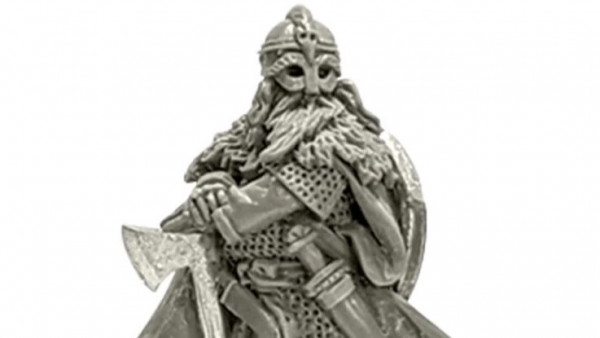
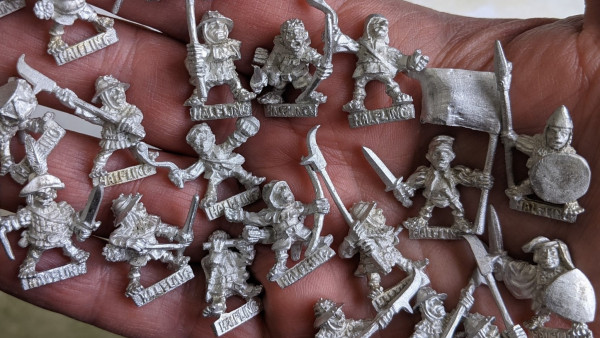

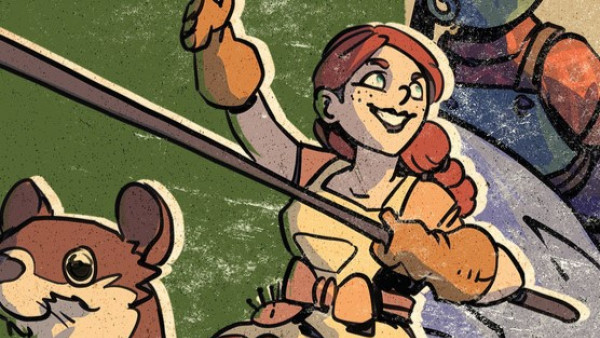
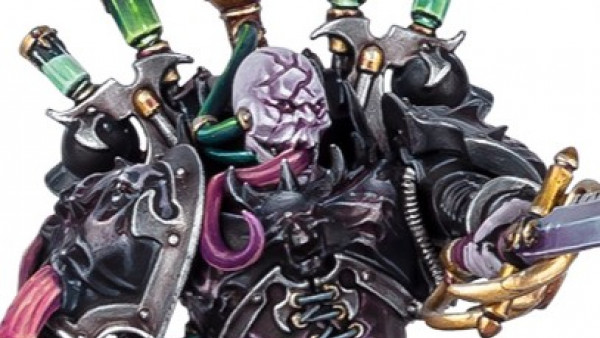
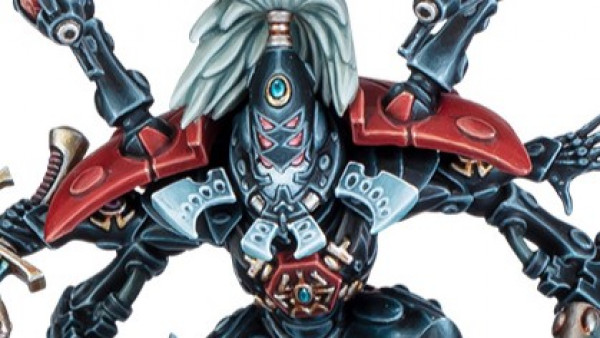
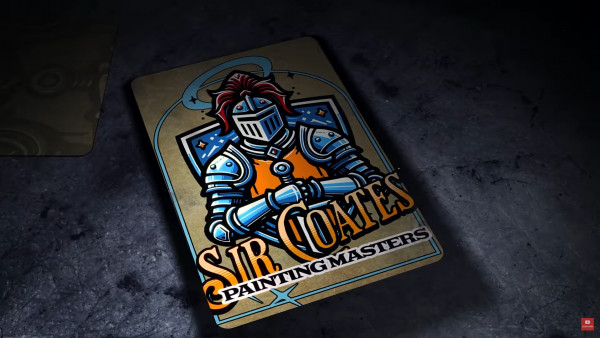
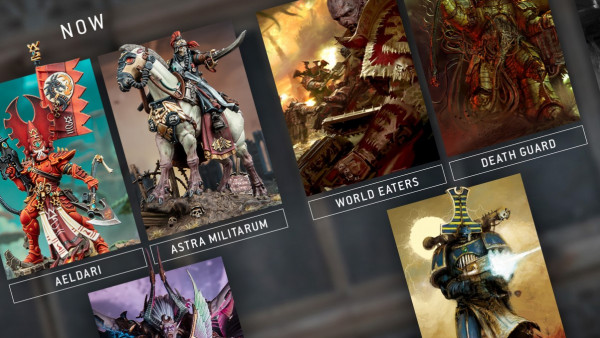
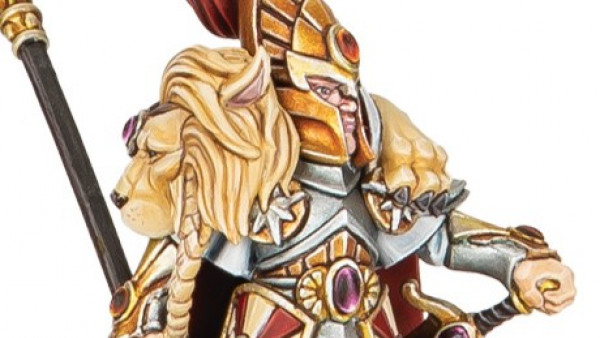

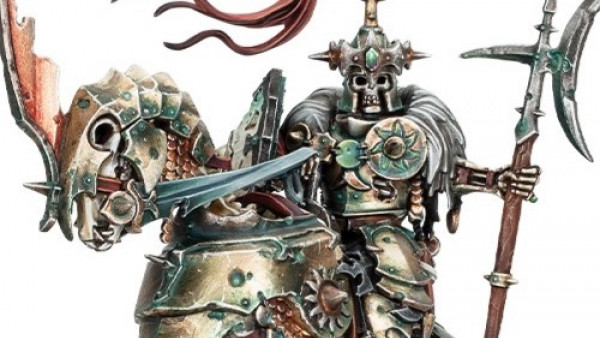
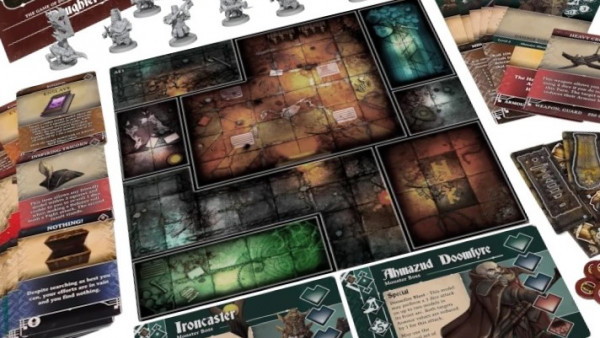


















Superb series.
Thanks very much, @yavasa!
Another great video
Another great vid gentleman.
Thanks @warhammergrimmace and @ironshield.
Again another good lesson.
This is a great series
Glad you guys like it, @andre77 and @sneakyrabbit.
chain of command allows for very good fire and maneuvre. a squad leader can use his inititive points to put the mg team on suppression fire or overwatch and then move up with the riflesquad to assault. his senior leader will place down his support weapons attached to him and maybe tell another squad to help in the support fire or the assault
That’s another system I have to try.
I play a fallschirmjäger army in bolt action and in smaller games I always take one squad with a lmg and one with no lmg and assault rifles to give me that option of support and assault. When I go to bigger games I upgrade the lmg squad with a second lmg.
Awesome. With assault rifles (StG-44s?) I ‘m assuming you’re playing later in the war?
Yes indeed, specifically the 1944-45 operation watch on the Rhine from the German book because in that time zone I have the possibility to add a panther tank and my opponent can pick what he likes with the British. But I am looking to make an early war army to invade Belgium as my brother has started collecting them but I am not sure yet what to take.
Sounds great, @caledor2 – one thing you may notice in making a transition from late war to early war is the reduction of available firepower and thus a greater importance of maneuver in your games. For this reason many WW2 gamers prefer early war, regardless of system. Then again, in late war you get to play with all the best toys!
I have noticed that to and I will have to be careful in my maneuvering with the Belgian force getting a free artillery or anti-tank gun.
Hope you have lots of Type 1 T13 tank destroyers in your Belgian Army
That is the one he is looking for to include in his force.
Has a very nice 47mm AT gun on it which will cause damage to anything in 1940
@caledor2 – @torros – Early War for the Win. 😀
Couldn’t agree more
With the pre-order of the new supplement Bolt action campaign: battle of France and my brother picking up the new Belgian release bundle I will have to speed up in getting stuck in early war. Looking forward to it.
Interesting sutff
There has always been a huge hole in my knowledge on how fighting is actually performed. Documentaries will say things like ‘This unit took some position’ without giving an idea on how the individual soldiers would have acted to do so. Great series, guys, very helpful to folks like me who know next to nothing about actual military maneuvers.
Thanks, @lawnor .
No worries, @rfernandz2001 – glad you’re finding it useful. I sometimes don’t know whether this material is either too detailed, or too obvious, to be applied or appreciated by the gaming community.
More good info from Jim
I would have to agree that video games have not always represented the historical side of their subject as best they could… so my retired Chief Weapons officer father kept telling me.
Thanks @normandyfan and @uberqfunk. There was a very “accurate” video game back in the day, America’s Army. It was a shooter video game that had no movement button, and no fire button. (??) It was all giving fire and movement direction orders to a US Army fire team in a fictional (PC reasons) Middle East country. I hear it was actually used by the US Army to help with training in some cases.
Bolt Action is won or lost by getting pins on the enemy…. Nice to hear that has some basis in fact.
cool video!!
@skodamarine – I’ve always felt Bolt Action is a solid infantry game. The pinning mechanics perform very well.
Thanks @toricova. 😀
good to go!
Really enjoying learning about how the fighting actually happens. Very enlightening!
Always good to hear approval from another Marine, @tibour. 😀
Glad you like it, @darkdanegan!
Pin to win. Yes. This is the thing that Bolt Action version 2 does so much better than the old one.
@oriskany the 2” mortar is issued at 1 per platoon in the British rifle regiment at the time, makes them a bit more common than initially thought of, they were however rarely used for HE as the shells are so ineffective, usually used for smoke screens as you mentioned at the beginning. Early in the war I remember reading about a story of some chaps using HE on a swarm of rabbits and then using the rabbits for a stew for dinner, they all agreed that the 2” was a brilliant weapon until a cocky private pointed out that it… Read more »
@somegeezer – agree! 😀
@collins – Smoke is indeed a feature many gamers (myself included) sometimes forget to use in games. As far as the British ammo goes, many aspects of their doctrine, especially early in the war, seem very strange to me. They would build and issue these great HE class weapons (the CS variants of the Valentine, Crusader II, and Matilda) and then load them up with only a few HE rounds and mostly smoke. Then the units don’t have enough HE support until the Grant and Sherman start showing up.
Really love this series guys! The immersion is great 😀
Superb. Marvellous. Informative. Please, @oriskany , do something similar with tank tactics and “small” and “large” artillery tactics.
Thanks @dukeexeter – and no worries, @jemmy … Part IV of this series will go into some of the larger weapons classes.
Very nice, thank you for your time gentlemen.
If the enemy is watching the undergrowth being shot up they will miss the unit that grenades them in the end.
Thanks – @mrtn. Very true, @zorg.
Great discussion, good coverage of something that *should* be core to all rulesets
great show again.
Thanks, @georgesealy – indeed, all games sooner or later have to draw a line between realism and playability.
Glad you like it, @radegast6!
Mate I could listen you for hours ! Yu should do more recordings of historical with John.
So glad to hear things like that, @ragegast6 – sometimes I’m a little leery that this kind of deep-dive material is a little boring for people, and sometimes its tough drawing am immediate “line of sight” straight from this context to the actual wargame table. As longs as it’s useful / enjoyable for people, I’ll keep doing it! 😀
This encapsulates what has always been my biggest issue with 40k – the inability to have the squad’s heavy weapon put down covering fire while the rest of the squad assaults. And yes, i appreciate that realism in a game full of sci-fi super soldiers and immortal robots isn’t something i should be griping about 🙂
Right smoke… I’m one of those gamers that forgets it exists.
@evilstu – Are you able to throw down covering fire with one squad … and then assault with another? Honestly, a squad in most armies is between 9-13 men, and most wargames present it is 5-6. This is partly to keep down model count and enhance playability / accessibility, but also to “pre-divide” the squads to an extent to allow these kinds of tactics without loading up the player with responsibility of dividing and recombining squads on the tabletop.
@khy0te – you and me both, 😀
@oriskany that could possibly work. Have to admit that I only played a few games of 40k and that was about 15 years/5 editions ago so the heavily updated rules may now accommodate such things more readily (I’m sure someone will advise if this is now the case). Treating a couple of smaller squads as semi-independent components of the one squiad is a fairly elegant solution for a work-around without reengineering the gaming rules (which I would likely be tempted to have a go at if I were going to start playing socially amongst friends).
“playing sociably among friends” – this is the thing. When you’re going for hard-core tournament point-driven competitive play, history sometimes understandaby takes a back seat. No worries. But if you’re serious about using real-world tactics or historical context, “friendly” games are usually the way to go for best results.